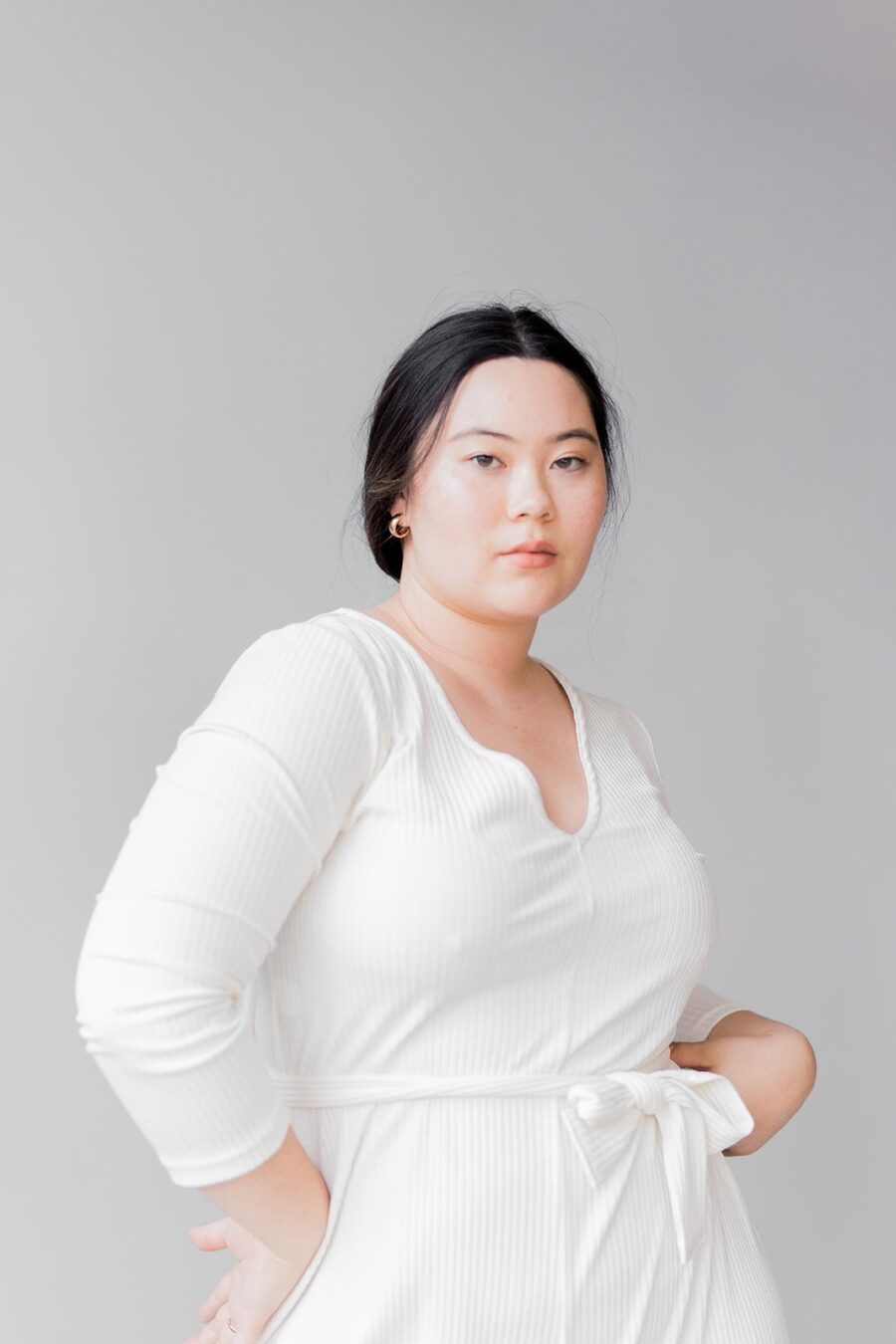
Cultural Appropriation—When Imitation Is Not The Best Form Of Flattery
When I was a sophomore in high school, a girl in my Advanced Theater class stole an outfit from me.
The outfit in question was a simple one: a tan tank top tucked into a vintage floral maxi skirt that I had bought on Etsy and a pair of flip flops. The girl—we’ll call her Janice—hadn’t stopped making comments about how cute my outfit was since I’d stepped into the classroom. In retrospect, I don’t think the outfit was too much to write home about. I mean, I was wearing flip flops. But apparently, it blew the socks off of Janice because the next day she showed up to class in an outfit that was nearly identical.
It bothered me for days! Obviously longer, because it’s been six years and I’m still thinking about it. I just couldn’t understand why someone would blatantly copy an entire outfit. An outfit that (okay, minus the footwear) I’d put a lot of thought and intention into.
The reason it felt like such a personal attack has everything to do with the origins of my personal style. I’d grown up going to private schools where, for years, I was required to wear varying iterations of a boxy, stiff, unflattering uniform. The dress codes at these schools were so strict, many of them restricting jewelry, certain types of sneakers, and sometimes even nail polish. There was so little space for any sort of cultivation of personal style that by the time I made it to my public high school, where there was no uniform, I felt like I didn’t even know who I was.
“In so many ways, having a sense of my personal style gave me the power to let people know who I was—to position myself in the world as I pleased.”
Most of the students at my school had already formed their core friend groups and developed a sense of personal style. But I was the new, painfully shy Black girl from private school with no friends or sense of style. I felt this immense pressure to signal what kind of person I was through my clothes. How I dressed would ultimately inform what people thought about me and what kind of friends I would make. So, I spent a considerable amount of time cultivating and perfecting my wardrobe.
I took to thrift shopping and borrowing clothes from my grandmother’s closet. I was super into bold prints, 90s florals, and high-waisted denim. Behind every outfit I wore to school were many hours of thought, intention, and staring in the mirror, criticizing myself at every angle. In so many ways, having a sense of my personal style gave me the power to let people know who I was—to position myself in the world as I pleased.
So, you can imagine the whirlwind of emotions I felt when Janice showed up to school in my outfit from the previous day. Obviously, her intentions weren’t meant to be malicious. She loved my outfit, and her way of showing that was by replicating it. But I still couldn’t help but feel overly protective of this expression of my personal style, which I’d spent so much time cultivating.
The Broader Implications of Cultural Appropriation
All jokes and dramatic exaggerations aside, I recognize that Janice stealing my outfit in 10th grade doesn’t hold much weight in the grand scheme of things. But I do think there is something to be said about the how copy-catting, when enacted by those with privilege, has cultural implications that are much more harmful.
For example, the tendency large brands have to describe any slightly drape-y form of outerwear as a “Kimono.” Or when white and non-Black POC appropriate Black hairstyles such as Afros and box braids, while Black folks are often discriminated against in the workplace for wearing those exact same hairstyles. A similar scenario plays out when large companies, such as Zara and H&M steal designs from small, independent designers. These companies and cultural appropriators are just adult copy-catters. And this behavior in the real world, unlike in the petty, high school context, often leads to the erasure of those on the receiving end of the act.
“The reason people have such a hard time wrapping their heads around the issue of cultural appropriation is because we’ve been taught at such a young age that imitation is the best form of flattery.”
Cultural appropriation in particular is an issue that, despite MUCH discussion on the topic, is constantly ignored by brands, companies, and society at large. It makes me wonder, in fact, if the reason people have such a hard time wrapping their heads around the issue of cultural appropriation is because we’ve been taught at such a young age that imitation is the best form of flattery.
People imitate because they think a hairstyle or item of clothing is cool or appealing in some way. But rarely do they pause to ask if there is a larger story behind that hairstyle or item of clothing that they are taking out of context. Appropriators are often willfully ignorant of this context, because it would mean respecting people and their stories in a way that offers nothing for their own personal gain. It’s easier to imitate under the guise of flattery than it is to admire from afar, recognizing that, as Solange declares in her song “F.U.BU.”, “some shit you can’t touch.”
As members of the conscious fashion community, we have to be at the forefront of this cause. Too often the buzz words ethical, sustainable, fair trade, and conscious are used as a means to an end. If we are really seeking to be “conscious consumers” we’ve got to get past the idea that the labels on our clothing are enough. Does it really matter if a brand’s “kimono” was ethically or sustainably-made if they’re clearly misusing the name of a garment from a culture that’s not their own? Conscious fashion will not fully permeate the mainstream if ethical fashion brands aren’t taking the implications of cultural appropriation seriously.
“Conscious fashion will not fully permeate the mainstream if ethical fashion brands aren’t taking the implications of cultural appropriation seriously. When it comes to the way people choose to show up in the world—there is a sacredness that appropriation simply cannot replicate.”
When it comes to the way people choose to show up in the world—the way we dress, the way we wear our hair, even down to the way we speak—there is a sacredness that appropriation simply cannot replicate. Even when I think back to Janice’s replication of my outfit, I can’t help but think that her version felt very watered down compared to mine. Her version didn’t have the same attention to detail or the same flair. Yes, she was wearing my outfit, but at the end of the day, the outfit meant so much more to me than it would ever mean to her. The same goes for people appropriating various aspects of different cultures. The appropriated version will never be able to match the authenticity and overall essence of the original.
“We must ask ourselves not only, ‘Who made my clothes?’, but also, ‘What’s the history behind my clothes?’”
I think it’s important that we take the history behind our garments just as seriously as we take the processes by which they are made. We must ask ourselves not only, “Who made my clothes?”, but also, “What’s the history behind my clothes?”, and “What types of clothes are appropriate for my body to occupy in light of a historical and sociocultural context?”
It might sound like a lot to consider while you’re just doing some casual online shopping. But it’s a task that, as conscious consumers, we must take upon ourselves if we’re really going to be about what we say we’re about.
RELATED READING
Celeste M. Scott is the Social Media Coordinator at The Good Trade. She is a writer and photographer who is passionate about film and Internet culture. She can often be found sifting through the racks at her local Savers. You can find her work on her website and Instagram.
